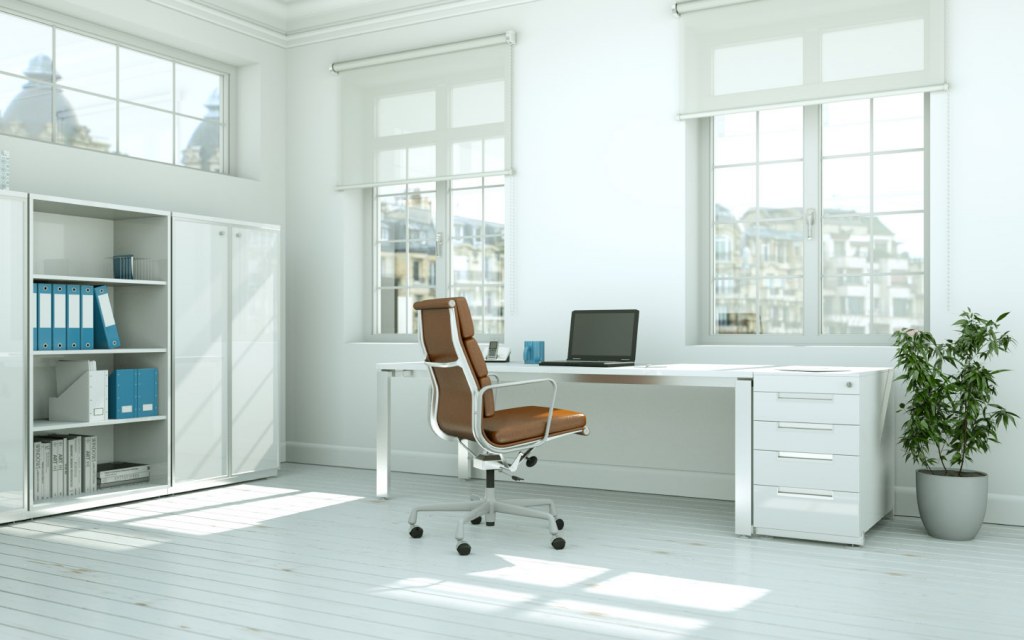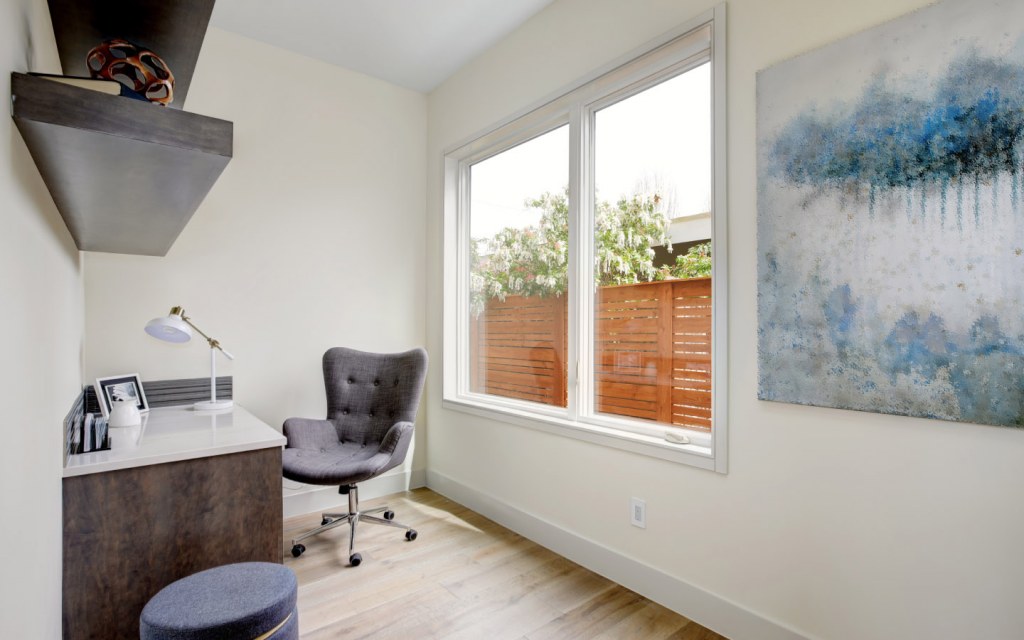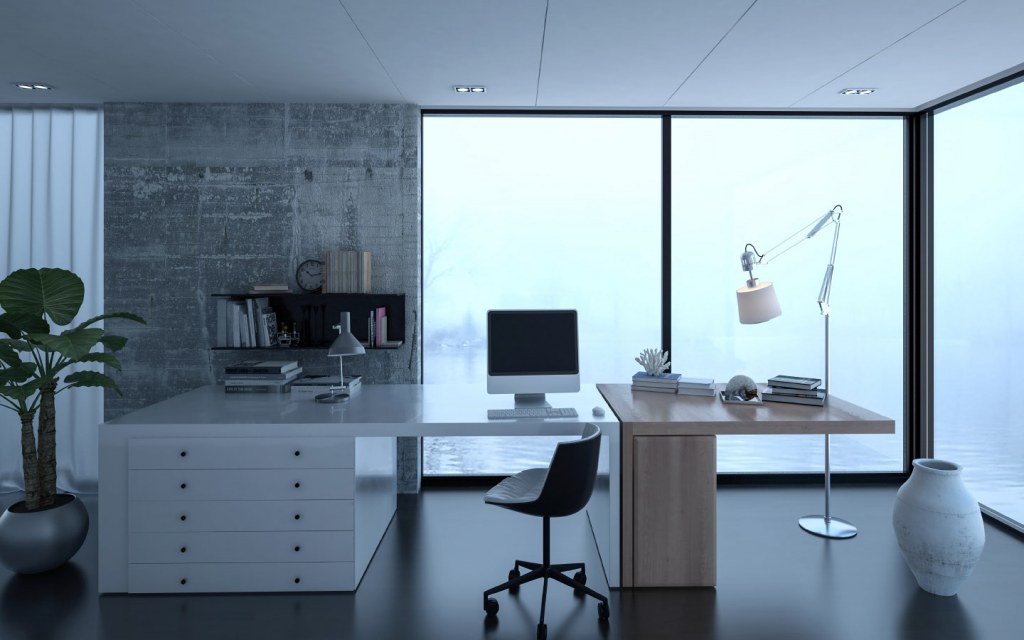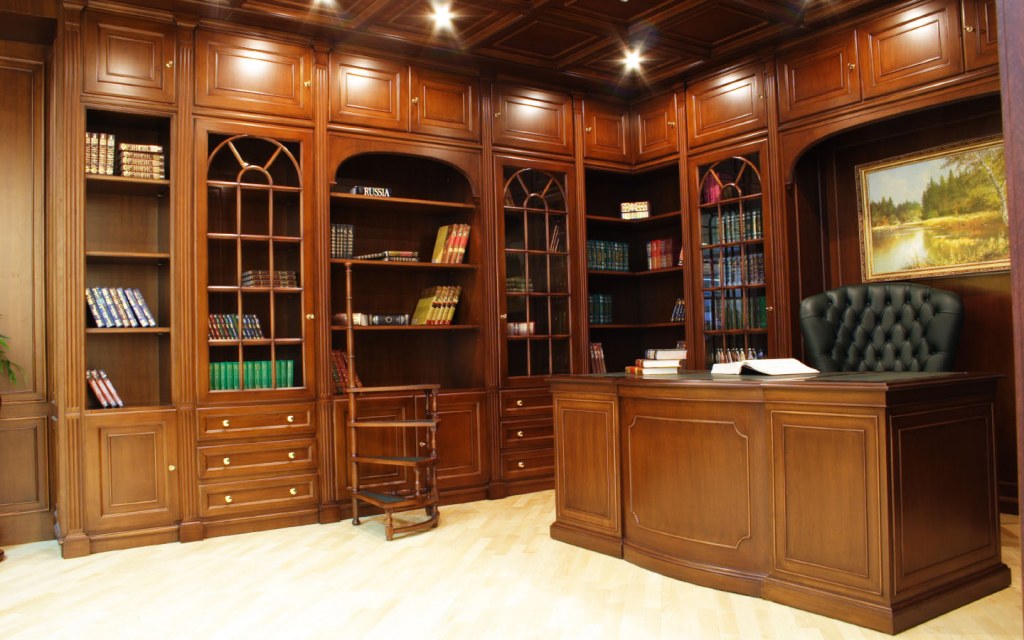Home » Home Decor » How to Design a Home-Office That Looks Aesthetic and Boosts Productivity?
Designing a home-office is something most of us have imagined at some point during our life. Well, if you have some extra space available in your home and need some help to design a home office, then you are at the right place.
Let us explore how you can incorporate productivity with aesthetics by designing a comfortable work corner!
Functionality or Layout – What Weighs More While Designing a Home-Office?
Keeping a balance between comfort, functionality, and aesthetics becomes especially challenging when you consider everything important, and prioritising doesn’t simply work for you. Unlike a specific crowd, some people can tell what should come first for them when they find out either their body is hurting or they cannot meet a deadline.
So, when designing a home-office or any interior space for that matter, start by asking yourself what you cannot do without, or what you want the most: a work corner that’s comfortable or something that boosts your productivity and helps you power through? Better yet, can you get the best of both worlds?
So, let’s explore the basic principles of designing a home-office that meets both functionality and comfort!
Basic Questions to Ask Yourself while Designing a Home-Office
While drafting a home-office design layout, you should consider the following factors:
- How Much Space Do You Have/Need?
- How Much Isolation Do You Need?
- What is Your Work Schedule?
- What Defines Your Personal Taste?
How Much Space Do You Have/Need?

Now, this mainly depends on two things: first, the nature of the job and second, the amount of space you deem essential for your working mobility. Factually speaking, some people do not need much room, so it is only natural for them to adjust in any quiet and comfortable corner of their house. On the other hand, others require larger spaces to accommodate an entire working station that may include hardware, flammable products, or extremely fragile equipment.
However, an ideal home-office design layout should separate both work and home time. So, always make sure that your home life is not being interrupted by your workstation and vice versa. Also, remember to establish barriers between both spaces, such as a door or a curtain, to help you maintain your personal space in both zones and help you create a better work/life balance.
How Much Isolation Do You Need?

It is often impossible to work in an environment susceptible to frequent interruptions. If you are choosing a separate room for your home office, we recommend one that lies far away from the daily hubbub of your house.
In case you’re only converting a corner, choose one in a room that offers the most privacy. For example, a home office corner in your bedroom makes more sense than one in the living room.
What is Your Work Schedule?

In order to make work-efficient choices and cut down on office costs, it is necessary to make the most of natural resources. Since most of us work during the day, so utilising natural light, as much as possible, in your home-office is ideal.
Moreover, during the day, you can save on electricity bills and maintain a sustainable lifestyle while doing your health a favour by letting in more natural light. In such work schedules, setting up your work station near a large window with blinds can work very well because the layers of lighting are just as important.
On the other hand, if you’re a night hustler, you should try to incorporate design elements that distribute artificial light more evenly. You can easily do this by increasing reflective surfaces in your room – so, now is the time to buy that three-piece mirror set that you’ve been skimping on. Additionally, mirrors can make your space look bigger, if placed cleverly.
What Defines Your Personal Taste?

Contemporary or traditional – what defines your taste? Well, this question is associated with designing a comfortable work corner that also becomes productive for you. While contemporary office designs make more sense in the current times, there is no harm in opting for a traditional home-office design layout – whatever suits your budget and your needs better.
Contemporary home-offices are minimalistic and can include design elements with cleaner lines and finishing cuts. Traditionally designed home-offices, on the other hand, will give you more freedom with layering and decorating – you can decorate walls, use stylish furniture, and incorporate design as much as you can.
Now, the phrase ‘form follows function’ is quite common within architecture and design circles. It means that the final look comes as a consequence of a room’s function and mobility. By extension, it implies that the designer is focused more on productivity than on mere visuals.
However, in certain situations, the layout is definitely a priority, especially if your clients plan on visiting your home-office. So, when you are designing a home-office, try to locate the middle ground between both form and function. Hence, work towards ensuring productivity and pleasing views at the same time.
Have you ever designed a home-office? Share your experience with us at blogs@zameen.com, as we love to hear from our readers. Subscribe to Zameen Blog – Pakistan’s #1 lifestyle blog.



